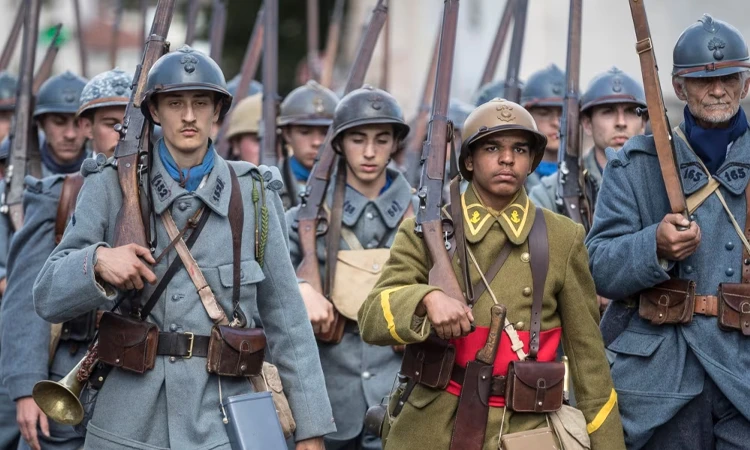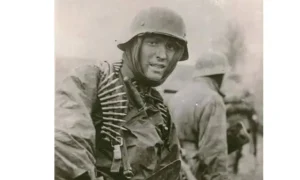So, picture this: a French dude marching off to WWI, strutting around in bright red pants and a snazzy little hat (that kepi thing). Not exactly blending in with the mud and mayhem, right? Honestly, those uniforms looked more ready for a fancy parade than trench warfare. But hey, that was France in 1914 still rocking the 19th-century vibes while the world was about to go full-on industrial nightmare.
And then, boom reality check. Trenches, machine guns, poison gas… The old-school fashion didn’t stand a chance. Those flashy reds and blues? Out. Enter “Bleu Horizon.” It’s basically this dusty, blue-grey color that screams, “Okay, maybe now I won’t get picked off by every sniper in Belgium.” Every tweak fabric, cut, color had a reason behind it. Sometimes it was about survival in freezing mud, other times, just stubborn pride or bureaucracy dragging its feet.
Here’s the deal: this isn’t just about what they wore. It’s about why it actually mattered like, on a life-or-death level. We’ll dig into how the uniforms changed, what all the pieces meant when you’re knee-deep in muck, how to spot the real thing versus some modern cosplay knockoff, and why it’s all way more than just old wool. These uniforms? They’re scraps of history from one of humanity’s ugliest moments worn and battered, but still telling stories if you know how to listen.
Historical Context: Why the Change Was Urgent
Man, can you imagine strutting into a modern war zone in basically a circus outfit? That’s what the French soldiers did at the start of WWI red pants, navy coats, looking sharp but basically begging to get shot. Not the brightest idea, honestly. Turns out, standing out like a stop sign in a hail of bullets is a terrible plan. Shocker, right? So after getting absolutely wrecked in 1914, they wised up real quick. Out with the snazzy parade gear, in with the M1915 “Bleu Horizon” getup kind of a dusty blue-grey that actually kinda blends in (finally). Plus, they got the Adrian helmet, which, let’s be real, is way cooler than a soft cap when shrapnel’s flying. The French went from looking like they were crashing a costume party to actually, you know, dressing to survive. Wild how fast tradition goes out the window when your life’s on the line.
Timeline of Uniform Styles (1914–1918)
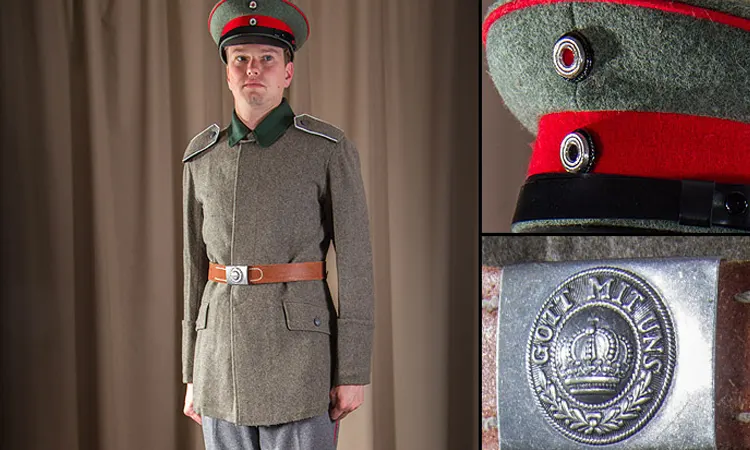
The French Army’s wardrobe glow-up during World War One? Wild ride. Imagine going from peacocking around in red pants to crawling through mud in gear meant for actual survival. Hang on, let’s break it down not some boring, textbook version, but the real deal.
1914 – The “Shoot Me” Look
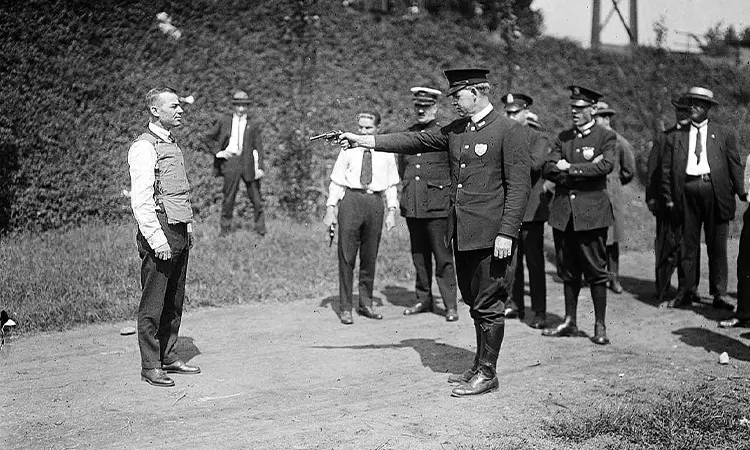
When the war kicked off, French troops were basically strutting runways in their Model 1877 getups: navy blue jackets, eye-burning red pants, and those little kepi caps that scream “old-school.” Stylish? Maybe for a parade. On a battlefield? Please. Against German soldiers in camo-adjacent colors, the French looked like they’d lost a bet.
Late 1914 – Chaos in the Closet
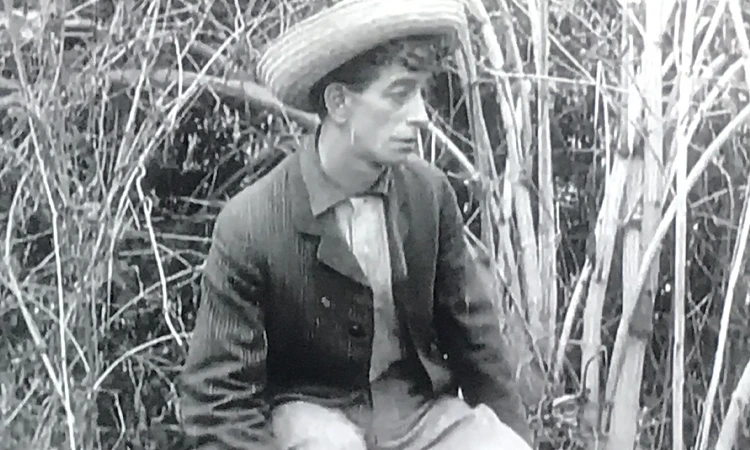
After watching way too many guys get mowed down, army brass finally got the memo: time to ditch the circus act. Problem was, nobody had a plan. So factories just started cranking out whatever they could guys ended up with Frankenstein outfits: blue jackets, gray pants, maybe a red hat if you were unlucky. Total patchwork mess, but at least they weren’t neon targets anymore.
1915 – Enter: Bleu Horizon
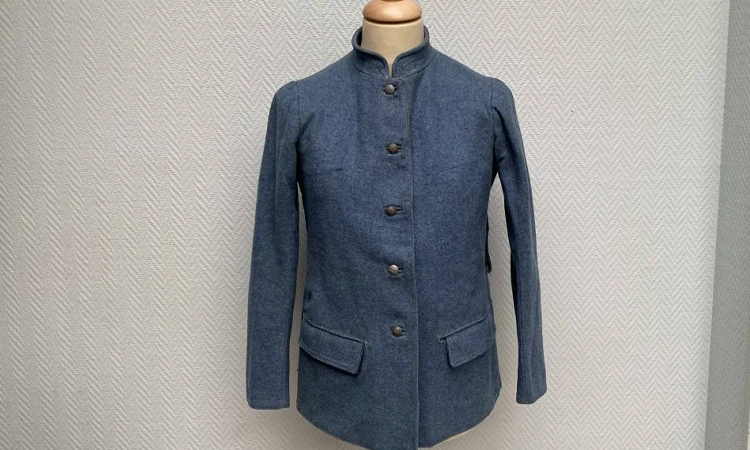
Now we’re talking. The Model 1915 drops a muted blue-grey uniform that actually blends in with the scenery. Less peacock, more “I’d like to not die today.” The real MVP? The Adrian helmet. Shrapnel was no joke, and this bucket saved a ton of skulls. Suddenly, French soldiers looked like they belonged in the 20th century instead of a costume party.
1916–1918 – Getting Their Act Together

Over the next couple years, they ironed out the kinks. The color got locked in, the cuts made sense, and accessories like greatcoats and leather gear actually matched. By the end, those gaudy cavalry vibes were ancient history. Now, French troops were kitted out for trench slogging, not just looking sharp for paintings.
WW1 French Uniform Evolution: From Parade Gear to Battlefield Function
| Period | Uniform Description | Key Changes |
|---|---|---|
| 1914 | Model 1877: Red trousers, navy tunic, kepi cap | Bright colors; minimal camouflage; outdated |
| Late 1914 | Mismatched transitional gear | Mix of gray and blue garments; supply chaos |
| 1915 | M1915 “Bleu Horizon” with Adrian helmet | Functional, camouflaged, with steel helmets |
| 1916–1918 | Refined cut; matched accessories; improved gear | Standardization; trench-optimized |
Key Components of the WW1 French Uniform
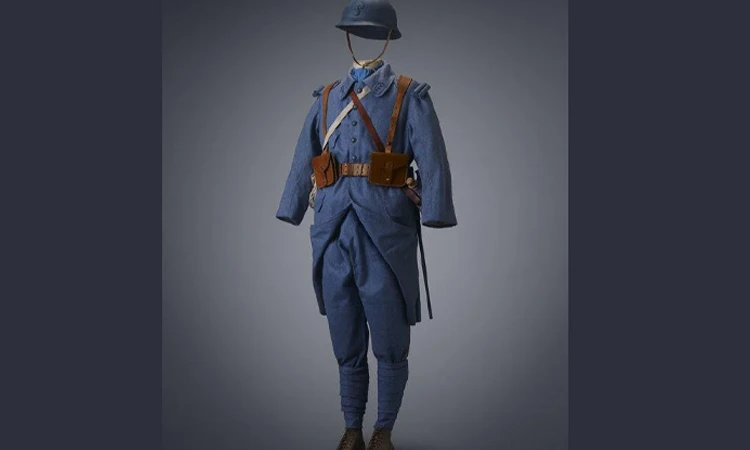
Alright, let’s get real about the French WWI uniform. It wasn’t just some fancy dress-up party those guys needed their gear to keep them alive and, you know, actually able to run around in muddy hellholes. By 1915, the French ditched the parade-ground reds and blues (which, let’s be honest, just screamed “shoot me!”) for the way more chill Bleu Horizon vibe. Practical, sure, but still pretty stylish if you squint.Here’s how it all stacked up, piece by piece. No fluff just the good stuff.
1. The M1915 Tunic (Capote Bleu Horizon)
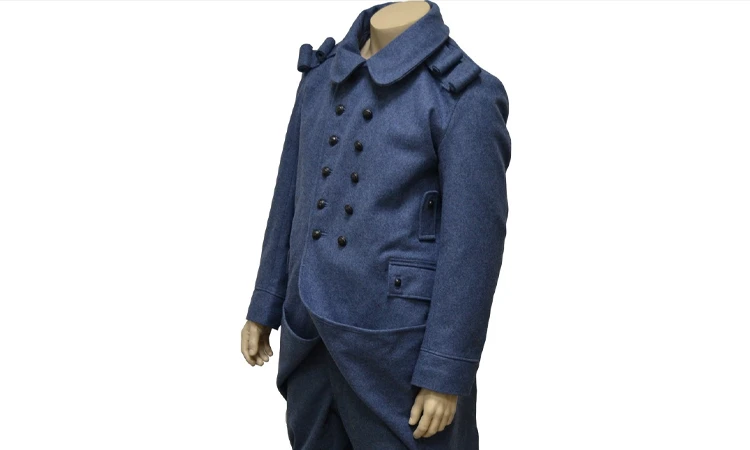
This thing? Total workhorse. Heavy wool, that unmistakable blue-grey color kind of like stormy sky meets laundry day. Five or six chunky front buttons, pockets for stashing letters or maybe a cigarette or two, and those wide shoulder epaulets. Stand-up collar so you looked sharp even while freezing your tail off. Oh, and check those buttons: “RF” stamped right on ‘em. Sometimes the unit number got stitched into the collar tabs, which is just begging for a history nerd to swoon.
2. Pantalon Bleu (Trousers)
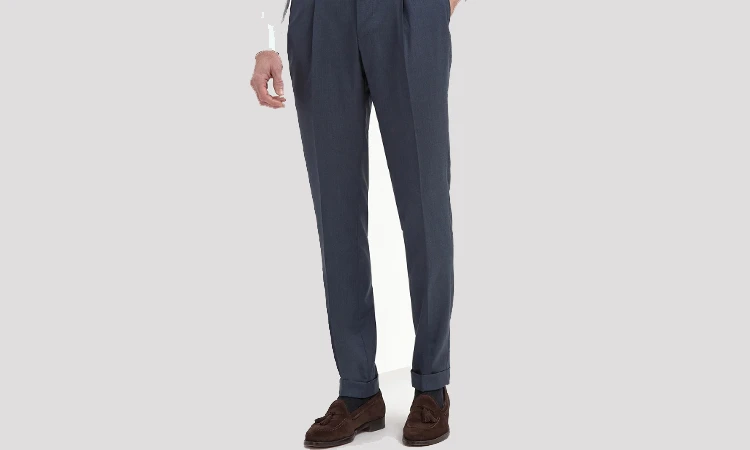
Matching pants because obviously. Wool or cotton, depending on how much you wanted to sweat (or shiver). Straight leg, kinda baggy, tucked into puttees or boots to keep the muck out. If you find originals, look for heavy stitching on the seat and knees. That’s not a factory touch that’s “I crawled through a trench and survived” energy.
3. Adrian Helmet (Casque Adrian M15)
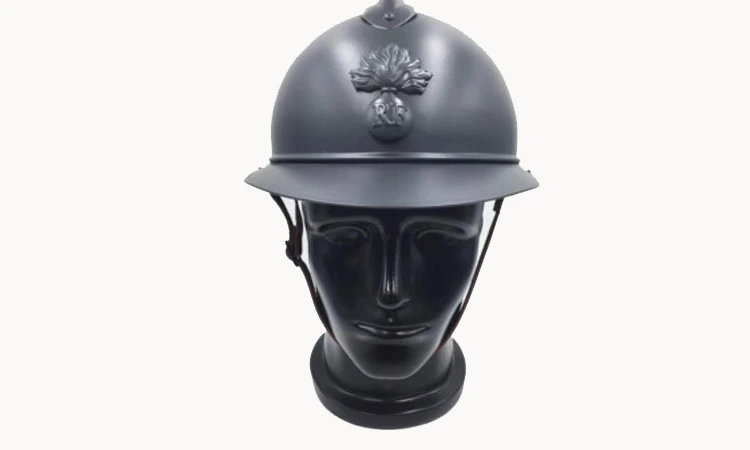
Okay, this lid is iconic. Lightweight steel (not exactly tank-proof, but better than a hat), with a crest running down the middle like it’s about to charge into battle with style. Big badge up front so everyone knows which branch you’re repping. Early helmets were sky blue, but they got smart and switched to darker paint when they realized, oh wait, maybe we shouldn’t glow in the dark for the enemy. Look inside for stamps, numbers, or that “RF” logo collector gold.
4. Puttees and Boots
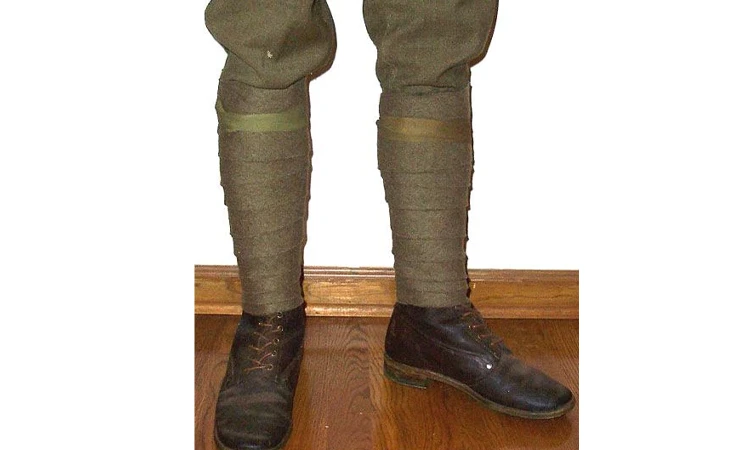
Puttees: basically, long strips of cloth you wind up your calves. Not glamorous, but they kept the mud and freezing water out, and your ankles from snapping. Boots were sturdy leather, hobnailed so you didn’t eat it on a slick duckboard. Lots of guys swapped these for trench boots eventually. If you ever see a WWI matched pair in the wild, snag ‘emhey’re unicorns.
5. Greatcoat (Capote de Poilu)
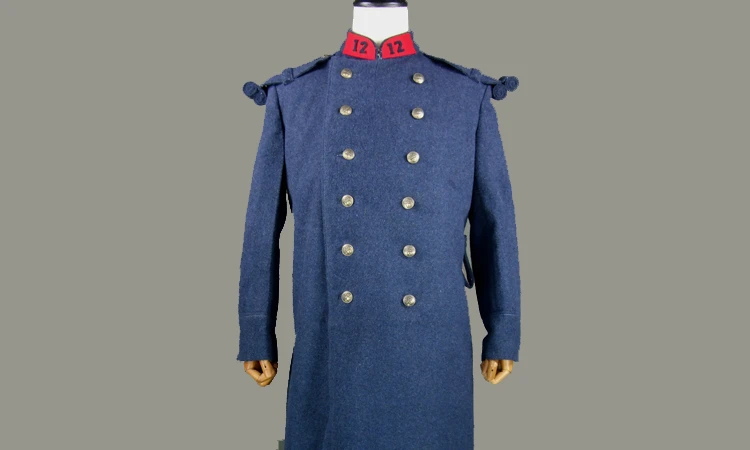
When the weather turned nasty, out came the capote. Heavy, double-breasted, with a collar you could pop up like a detective in an old movie. Pleated back, buttoned cuffs, the works. Not light—you’d feel like you were carrying a small sheep but when the wind whipped through Flanders, nobody was complaining. For collectors: check for field repairs, especially around spots that took a beating.
6. Webbing, Belts, and Cartridge Pouches
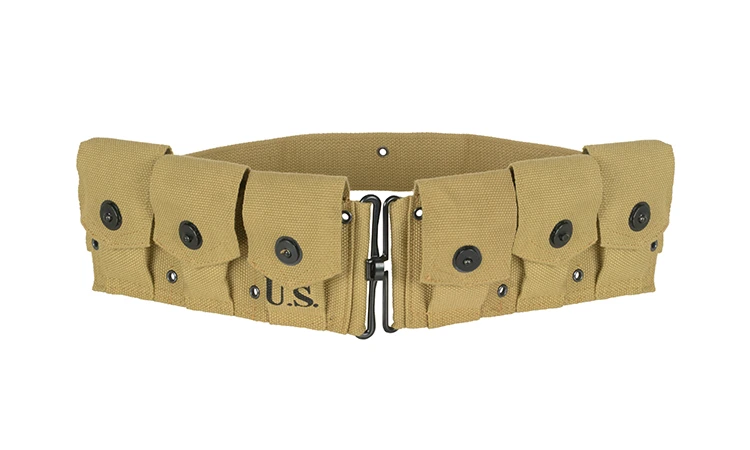
Everything a poilu needed to lug around: ammo, grub, tools, water, maybe even a secret stash of chocolate. Leather or canvas web sets, fat waist belts, cross straps like you’re about to climb Everest. The pouches are boxy leather built for Lebel or Berthier rifle clips. Odds and ends like canteens, mess tins, bayonet, and a shovel usually hung off somewhere. If it jingled, you were probably doing it wrong.
7. Unit Insignia and Personalization
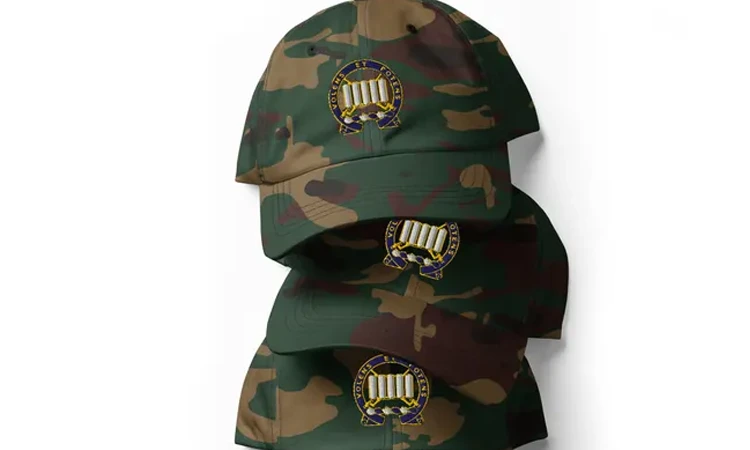
French soldiers didn’t just wear their gear they made it theirs. Collar tabs, sleeve patches little badges of who they were and what they did. Fourragère cords (those braided things on the shoulder) meant your unit did something seriously gutsy still used today, actually. And the little details: chalk marks, initials stitched in, creative mending jobs… that’s the soul of a real uniform, not just a museum piece.
How to Tell Originals from Reproductions
Alright, let’s get real about WWI French uniforms. Everybody and their grandma seems to be cranking out reproductions these days. You see ‘em at reenactments, theater productions, eBay heck, I wouldn’t be surprised if there’s a “French soldier” Halloween costume at Walmart. Point is, fakes are everywhere, and spotting the real deal takes some actual detective work. So, before you drop your rent money on a “genuine” piece, here’s what you need to eyeball:
1. Fabric: The OG Stuff Was No Joke
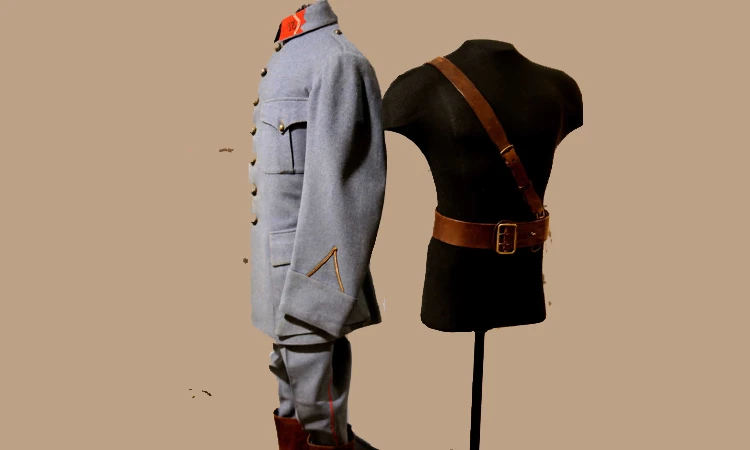
Real deal French uniforms from WWI? Those things were made out of thick, scratchy wool. Like, “I might use this as sandpaper” thick. The M1915 coats especially feel like you’re wearing a weighted blanket with a grudge. Most replicas? Way too soft, too smooth, or just weirdly stretchy. If it feels comfy, it’s probably not authentic. Suffer for your history, people.
2. Bleu Horizon: Not Your Kid’s Easter Suit
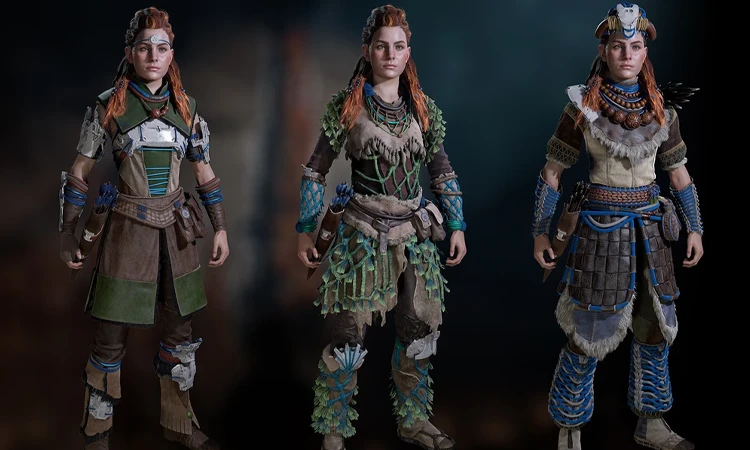
Everyone says “Bleu Horizon” but half the time, it’s more like “Baby Shower Blue.” The real color is sorta steely greyish, not all bright and fresh. Originals fade in weird, patchy ways shoulders, collars, seams like they’ve seen some stuff. If you’re staring at a uniform that looks like a Smurf exploded on it, it’s not the real McCoy.
3. Stitching: Kinda Messy, Actually
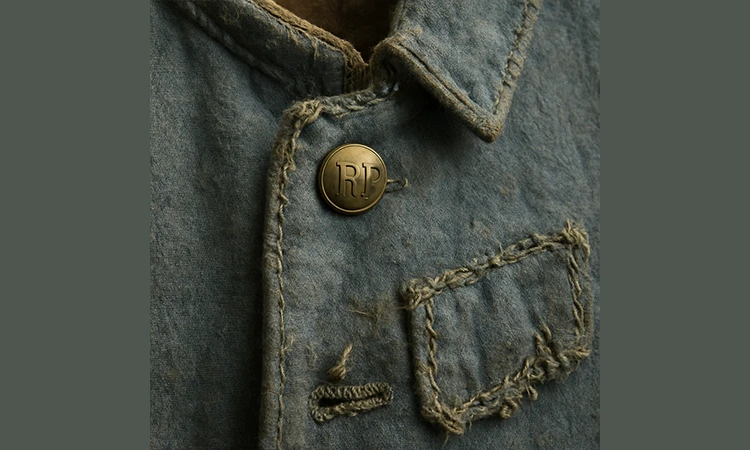
Yeah, they had sewing machines back then, but French factories weren’t exactly churning out Gucci-level perfection. Look for stitching that’s a bit janky, especially around buttonholes and cuffs. Modern copies? Too neat, too precise. Peek inside if you spot clunky repairs, mismatched threads, or seams that look like they’ve survived a bar fight, you’re on the right track.
4. Buttons: Brass, Baby
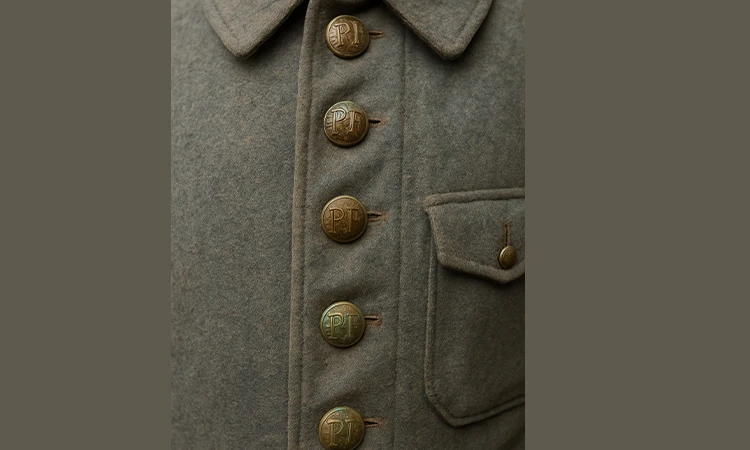
Originals had hefty brass or steel buttons, usually stamped with “RF” or a regimental number. Some even have a crusty patina going on. If you see plastic, snaps, or totally blank buttons, hard pass. A little greenish oxidation? That’s not gross, that’s history.
5. Lining & Stamps: The Secret Decoder
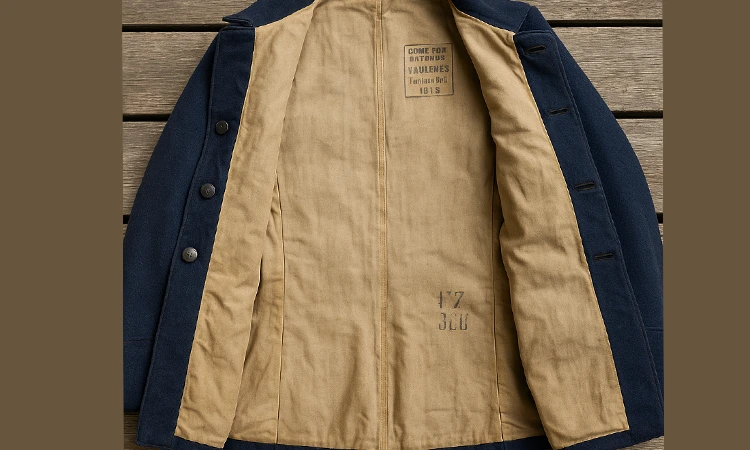
Flip that baby inside out. You want to see arsenal stamps, depot codes, numbers printed in faded ink bonus points for something like “15” (1915) and a depot name. Newer fakes might have no lining at all, or yikes English-language tags, fake “vintage” stamps, or just straight-up nothing.
6. Wear & Tear: Battle Scars or Nah?

Real uniforms aren’t going to look fresh off the Paris runway. Elbows, collars, cuffs these spots should look a little rough. Sweat stains, mud, weird repairs with whatever thread was handy? That’s exactly what you want. If it looks brand new, it’s probably about as old as your last Amazon order.
7. Franken-Uniforms: Buyer Beware
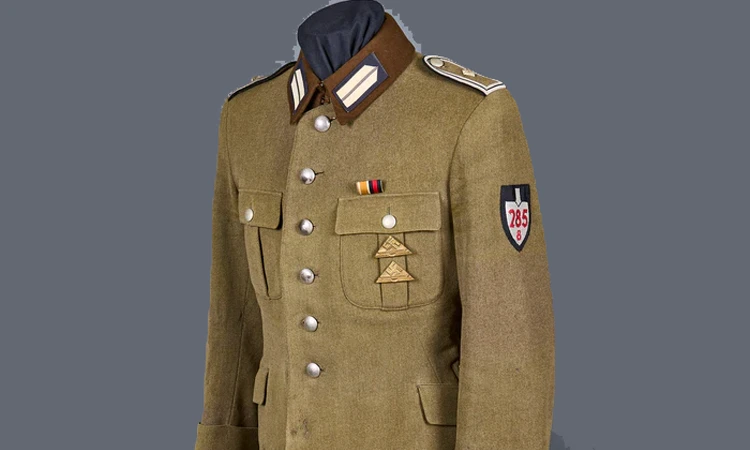
Some sellers get crafty slapping old buttons on a new jacket, swapping linings, whatever. Don’t fall for it. Fabrics, stitching, linings, buttons they all need to “age” together. If one part looks like it’s seen a hundred years of war and the rest is suspiciously pristine, you’re looking at a Frankenstein job.
Final Thoughts
A French Army uniform from WW1? Man, that’s not just some scratchy wool and a row of buttons. That’s a whole saga stitched together imagine some poor guy ankle-deep in muck, clutching his Lebel, eyes stinging from god-knows-what gas, boots squelching, but still hanging in there. Every frayed edge, every grime-stained patch? It’s got a story baked right in.
Maybe you’re a collector, a history nerd, a reenactor, or just someone who loves the feeling of real, gritty history in your hands. These uniforms? They’re not just costumes they’re like a handshake from the past. Back then, guts wasn’t an Instagram hashtag. It was something you could literally wear into battle.
But hey, tracking down the real deal isn’t just a matter of stumbling into an antique shop and getting lucky. You gotta know your stuff, pay attention to the little details, and, honestly, you need a place where people actually care about the real thing.
Enter miltrade.com We threw this together for folks who want the genuine article military gear, artifacts, uniforms, you name it, from every era. We’re talking real deal WW1 French kit, rare insignia, battered helmets, the whole nine yards. Stuff that’s seen things. Stuff that matters.
Because history’s not just some dusty page in a textbook. It’s meant to be touched, studied, and handed down warts and all.
FAQs
Where’d you even find a legit WWI French uniform, though?
Honestly? Miltrade. It’s the only place I’ve found items with provenance and no “is this cosplay?” factor. Everything I’ve found there had legit backstories and no fluff.
What’s the actual difference between the 1914 red pants and the 1915 uniform?
It’s day and night. One says “shoot me,” the other says “let’s survive this.” The M1915 Bleu Horizon gear wasn’t a palette swap—it was a full survival upgrade. And you can feel the difference in every fiber.
Is the Adrian helmet really that collectible?
Oh, big time. Early models, original paint, stamped insignia. Miltrade’s had a couple come through—those didn’t last long on the shelf. It’s light but screams history.
How do I tell a reproduction and not the real deal?
Trust your hands and your nose. Real WWI wool isn’t soft. It’s gritty, heavy, maybe even a bit musty. Look for depot stamps, uneven stitching, proper “RF” buttons stuff a replica rarely gets right.
Is Miltrade actually worth checking for uniforms like this?
If you’re not shopping there, you’re probably guessing. Their listings go deep—real uniforms, battle-worn bits, even French trench gear with matching stamps. It’s where serious collectors land.
